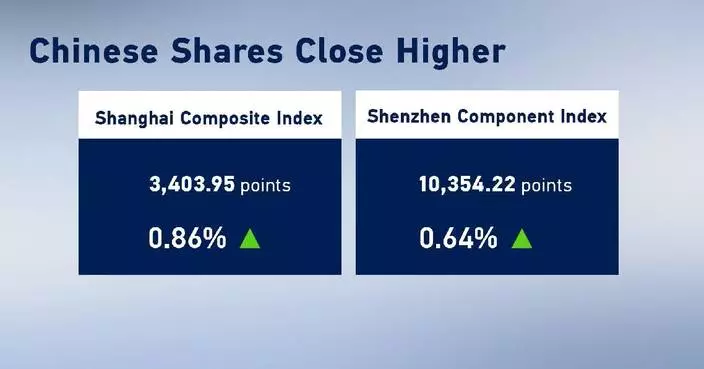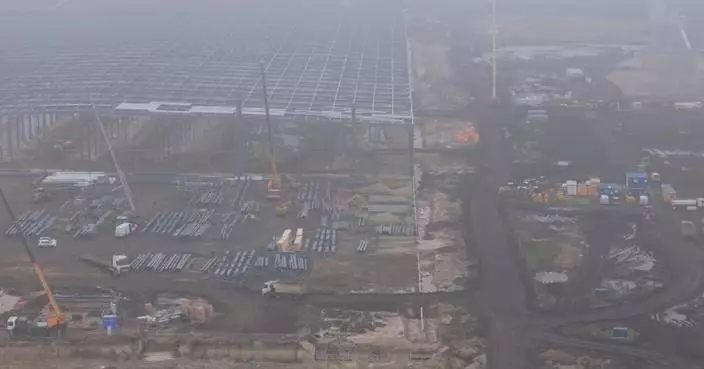China has 128.61 million hectares of arable land, well above the country's farmland red line of 1.8 billion mu (about 120 million hectares), according to a bulletin released by the Ministry of Natural Resources on Friday.
The ministry released a 2024 natural resources bulletin in China, detailing the country's overall natural resources.
The national land survey conducted in 2023 reveals that China has 19.61 million hectares of orchards, 283.70 million hectares of forests, 263.22 million hectares of grasslands, and 23.52 million hectares of wetlands.
The country also discovered 173 types of mineral resources by the end of 2023, the bulletin said.
Five key forest zones, including the national park for Serbian tigers and leopards and the Genhe River, have completed natural resource rights registration.
In 2024, China issued 71.53 million property ownership certificates nationwide, marking a 3.2-percent year-on-year increase.
China had 12,646 exploration rights licenses over 2.66 million square kilometers of mines, and 30,391 mining rights licenses over 351,800 square kilometers by the end of 2024.
In addition, the country has yielded significant results in the new round of mineral exploration.
Since the start of the 14th Five-Year Plan period (2021 -2025), China has put in 400 billion yuan (about 55.27 billion U.S. dollars) for mineral exploration, leading to major breakthroughs in copper, aluminum, iron, lithium, zirconium, and rare earth.
Minerals such as tungsten, molybdenum, and graphite have also seen substantial growth, further consolidating China's resource advantages.

China has 128.61 million hectares of arable land with improved ecosystem: survey
As China's elderly population grows, shopping malls in Shanghai have actively adapted part of their services to cater to the needs and preferences of elderly consumers, tapping into silver-haired consumer market.
This trend reflects the city's efforts to enhance elderly care services amid the population aging. By the end of 2023, people aged 60 and older reached 5.68 million in Shanghai, representing a whopping 37.4 percent of the city's total population.
A shopping mall on the downtown Nanjing East Road pedestrian street has opened a dedicated club for senior citizens, offering a diverse range of activities from the operation of health workshops to traditional handicraft classes.
"I gain a lot every time I come here. I can participate in various club activities and also exchange knowledge and everyday life hacks with others," said Fu Meilin, an elderly resident.
The mall houses nearly 60 time-honored brands, along with dining and entertainment options suited to senior citizens.
Another business district in Shanghai's Putuo District has adopted a different approach, focusing on attracting retirees during weekdays while catering to younger shoppers on weekends.
Restaurants offer affordable off-peak meal deals priced under 100 yuan (about 13.88 U.S. dollars), attracting a large number of senior customers.
To ensure a convenient and enjoyable shopping experience for the elderly, many shopping malls have conducted age-friendly renovations, including providing comfortable seating areas, accessible restrooms, and consumer guidance services for the elderly shoppers.
Driven by the population aging, China's "silver economy" has shown vast growth potential, with the market currently estimated at around seven trillion yuan and projected to reach a 30 trillion yuan by 2035.

Shopping malls in Shanghai adapt to cater to growing 'silver economy'





















































